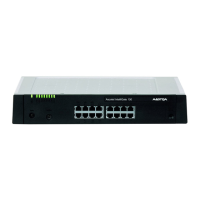System Functions and Features as of I7.9
Identification Elements 35
syd-0200/3.0 – I7.9 – 11.2009
3 Identification Elements
Correctly identifying and displaying a call is the essential requirement for adequately
implementing the system's networking philosophy. This Chapter looks at how the ori-
gin of a call is identified using different ringing tone patterns and how the caller's
number (CLIP) or name (CNIP) is displayed. It describes how CLIP and CNIP displays are
created under different system conditions, how they can be influenced, and how to sup-
press the CLIP display.
A call is identified firstly by the type of acoustic ringing (i.e. ringing pattern) and, sec-
ondly, by the display on the terminal.
The initialization values are selected in such a way that the ringing patterns and dis-
plays appear correctly in most cases. Changes to the settings are necessary only in ex-
ceptional cases.
3. 1 Internal and External Ringing Patterns
The ringing pattern provides a means of identifying whether the call originates
from within the PBX (internal call) or from the outside (external call). The rhythm of
the ringing pattern differs in each case
Fig. 7 Single ringing tone
1)
Fig. 8 Double ringing tone
1)
1)
The way in which ringing patterns are assigned to internal and external calls varies from one country to the
next.
4IME
3INGLE¬RINGING¬TONE
haz0679aaena0
4IME
$OUBLE¬RINGING¬TONE
haz0680aaena0

